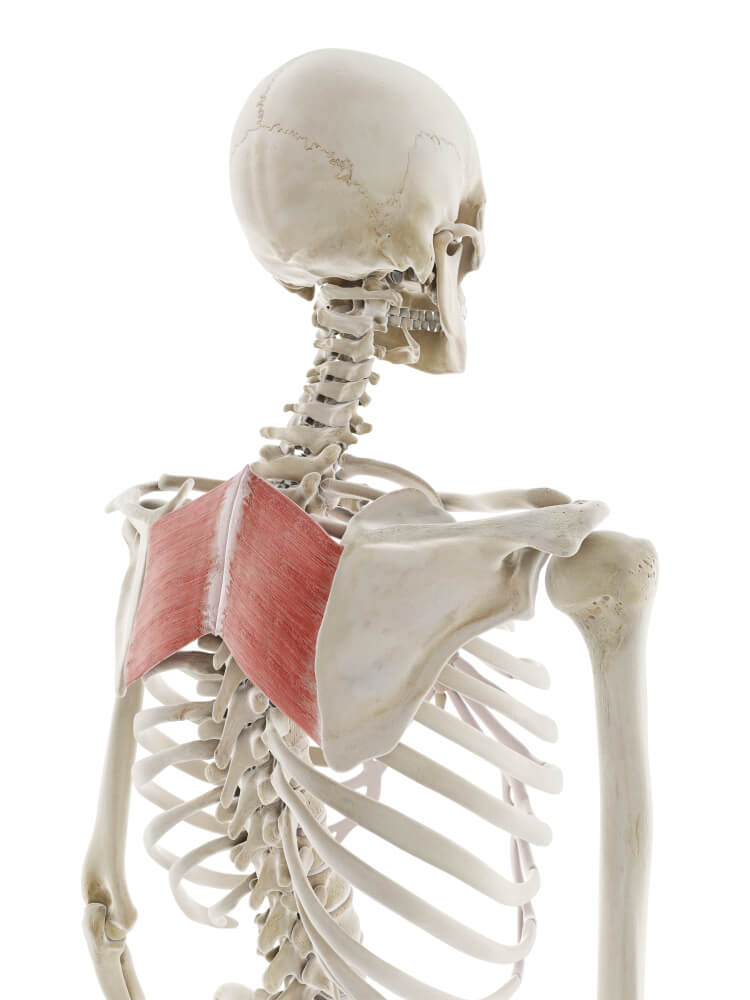
The muscles on the front of your body have become stronger than the ones on your back resulting in a nerd’s neck. Mckenzie Chin Tucks can help treat a nerd neck by improving your posture.
What is a nerd’s neck?
Nerd Neck, also known as “forward head posture”, where the skull actually floats one or more inches in front of the cervical spine. Our cervical spine has a natural gentle curve forward and up to catch the base of the skull, but the nerd’s neck exaggerates that curve. The Forward head posture forces the muscles in your neck and back to work harder to keep your head upright. However, This doesn’t look good. It also shifts your center of gravity forward, disproportionate to the weight of the head. Tech neck, text neck are other names for forwarding head posture.
Different types of nerd neck /neck postures:
Bad posture can lead to many kinds of physical problems, from back pain to pain in your temporomandibular joint, to lack of balance and foot pronation. However, The four most common poor postures which cause a nerd’s neck are as below:
1:Forward head
Forward head posture is when your head is positioned with your ears in front of the vertical midline of your body. Tech neck, text neck, and nerd’s neck are other names for forwarding head posture.
2:Kyphosis
Kyphosis refers to an exaggerated curvature of your upper back (the thoracic spine) where the shoulders are rounded forward. Osteoporosis (bone thinning) can cause the shoulders to round as your spinal bones weaken with age.
3:Swayback
When your hips and pelvis tilt forward, in front of your body’s midline the condition is called Swayback, lordosis, or hyperlordosis. You can develop swayback if you sit a lot, which tightens the muscles in your back.
In Swayback your lower back has an exaggerated inward curve. You look like you’re leaning back when you’re standing up, with your stomach and your rear sticking out.
4:Flatback
Flatback is a condition where the normal curve of your lower spine loses some of its curvatures. Your lower back looks straight and you stoop forward.
However, It can result from some kinds of back surgery or degenerative conditions of the spine, including ankylosing spondylitis (inflammatory arthritis), disc degeneration, and vertebrae compression.
Signs You May Need Mckenzie Chin tucks:
Common Symptoms of Nerd Neck include the following:
- Sharp, stabbing pain that’s intense and localized in one spot.
- Reduced mobility or stiffness in the neck, upper back, and shoulder.
- Tension headaches.
- Rounded shoulders.
- Muscle spasms.
- Chronic fatigue.
- Restricted breathing.
3 Common Causes of a Nerd Neck:
It’s mostly caused by bad habits. However, the three most common causes of Nerd Neck is as under:
- Hyperflexion and hyperextension.
- Increased stress on the cervical spine.
- Muscle overload.
Long-Term Effects of Nerd Neck:
Over time, forward head posture can put increasing amounts of stress on the neck and other areas of the body. Some long-term effects of forwarding head posture can include:
- Muscle imbalances. Some muscles in the neck, upper back, shoulders, and chest can become shortened and tight, whereas others can become elongated and weak.
- Elevated risk for spinal degeneration. Extra stress on the cervical spine’s discs, facet joints, and vertebrae may increase the risk for or worsen degenerative spine issues, such as cervical degenerative disc disease and cervical osteoarthritis.
- Reduced mobility. With increased stiffness in the muscles and/or joints, the neck’s range of motion is decreased. Which also causes a Crick in neck.
How to fix a Nerd Neck?
Many people ask. How to fix Nerd Neck? Well, Common Treatments for Nerd Neck includes the following:
Medication:
Doctors may prescribe medication to relax your muscles or relieve pain. They can also refer you for physical or occupational therapy OR exercises to correct your forward posture. Most doctors prescribe muscle relaxants to give quick relief to their patients.
Ice and/or heat:
Applying ice can help reduce swelling and pain. Applying heat may help relax muscles and bring more blood flow and healing nutrients to the injured area. For ice or heat therapy, applications are limited to 15 or 20 minutes with at least a 2-hour break in between to give the skin time to recover.
Massage:
Gentle massage of your neck muscles, particularly with aromatic oils, often helps. However, it would help to discuss using these oils with a doctor as they won’t be suitable for everybody.
However, Rubbing the area with ointments and creams can also help reduce pain and produce a feeling of warmth. There are numerous types of massage, with variations in techniques, strokes, and pressure applied by the hands and other methods. Massage to address neck pain include:
- Swedish massage is the most common type in Western culture. One of the main goals of Swedish massage is to promote relaxation throughout the entire body.
- Deep tissue massage typically uses deeper strokes and friction to work on deeper muscles and connective tissues. Also known as connective tissue massage, there are many definitions for deep tissue massage.
How to fix Nerd Neck by Mckenzie Chin Tuck?
You need to follow regular stretching and strengthening exercises and focus on maintaining good posture to re-establish a good posture. However, Mckenzie Chin Tuck can help to treat a nerd neck by correcting the posture.
How does a Mckenzie chin tuck work?
The McKenzie Method corrects forward head posture and is a simple routine you can integrate into your daily life. The process for the McKenzie Chin Tuck goes as follows: Stand up and place your back against the wall. … Do around 20 repetitions and hold your chin back for five seconds each time.
What is a Mckenzie Chin Tuck?
The McKenzie Chin Tuck is an integral part of correcting forward head posture and should be integrated into your daily posture correction exercise.
However, Here’s how you perform a Mckenzie Chin Tuck.
- Stand back against the wall, so your back and bottom are against the wall.
- Move your feet slightly forward than they usually are.
- You will notice that the center of your skull is pointing out and is touching the wall.
- Initially, to practice you can use a paper and tuck it behind the pointy center of the head, the idea is to slide that paper up and go into a chin tucking position as you do it.
- You should try and raise that point up as far as you can, giving yourself as many double chins as you can.
- It is recommended that you do 20 repetitions of this and hold your chin in for 5 seconds.
How a Mckenzie’s Chin Tuck is Discovered?
The McKenzie Method was introduced in the 1960s and named after Robin McKenzie, a physical therapist from New Zealand. Even though the great man is not with us today, his exercises still remain the foundation for both neck and back pain treatment.
Are Mckenzie’s chin tucks effective?
One of the most effective postural exercises for combating neck pain is the Mckenzie chin tuck. This exercise helps strengthen the muscles that pull the head back into alignment over the shoulders and also stretches the scalene and suboccipital muscles.
How to Prevent a Nerd’s Neck if Mckenzie’s chin tuck doesn’t work?
There are several strategies you can use to prevent a Nerd neck if Mckenzie Chin Tuck doesn’t work. However, one should try these options:
- Choose a chair that supports the natural curvature of your spine.
- For every hour of seated work, get up to walk around or do light exercises for at least 5 minutes.
- Sleep on your side or back with your head and neck positioned in line with your body.
- Don’t sleep on your stomach since this can cause neck pain. Invest in a firm mattress that may help to provide support and alleviate pain.
- Be aware of your posture in all positions as you move through your day.
- Use a backpack or wheeled bag instead of carrying heavy bags on your shoulder.
- Apply an ice pack or heat to the affected area for 15 minutes at a time.
- Get a massage.
- If you’re a smoker, make a plan to stop or cut back.
However, Combining these tips with Mckenzie Chin Tuck for fixing nerd’s necks will greatly benefit your journey to better health and well-being.


